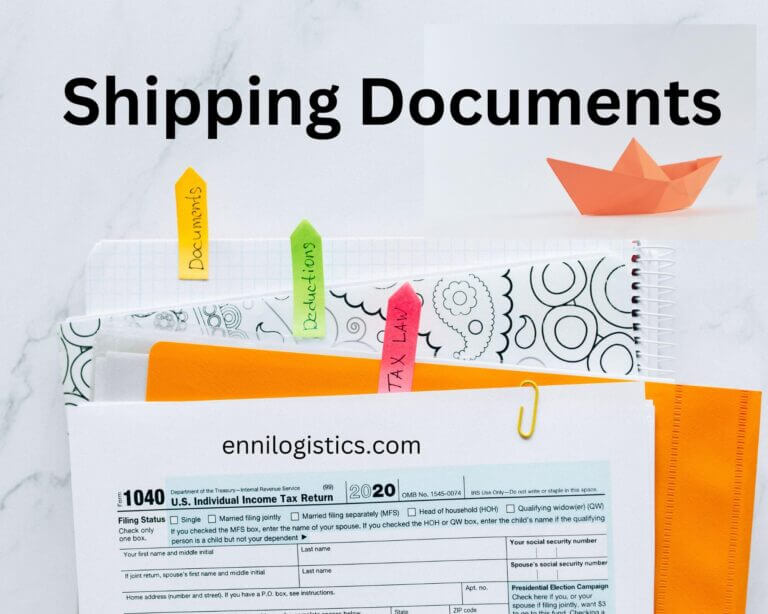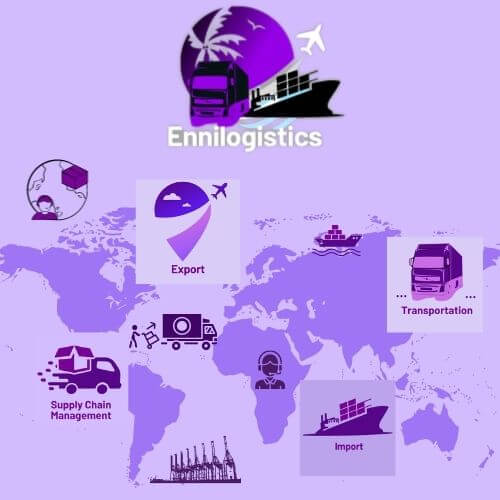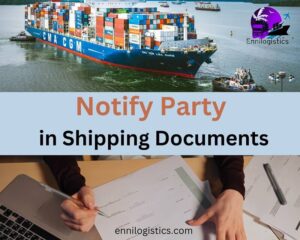What is meant by shipping documents?
The simple meaning of shipping documents that are used for the shipping of goods transported from one place to another place. Shipping documents are mentioned in details related to transported goods. Such as shipping items’ descriptions of the goods, dimensions of the package, and items such as weight and height.
Please note that shipping documents are different from the mode of transportation and type of the goods being shipped.
For example, air shipment documents are different from the sea or land.
Terms related to shipping documents
- Commercial invoice
- Packing list
- Landed cost
- Airway bill
- Wharfage
- Depreciated value
Most Important Documents for Shipping
- Proforma invoice
- Commercial Invoice
- Packing List
- Import/Export custom declaration
- Bill Of Lading
- Airway bill
- Arrival notice
- Certificate of origin
- Letter of credit
- Insurance certificate
- T/T-Telegraphic Transfer
- Bills of exchange
- Bank guarantee
- Pre-inspection certificate
- FRIC-Free Re import certificate
Essential documents for Export
- Proforma Invoice
- Commercial invoice
- Packing list
- Certificates of Origin
- Inland B/L
- Seaway B/L
- Bank draft
- Dangerous goods forms
Ocean or sea transportation documents
Bill of lading
Commonly known as B/L.
- Bill is a document that mentioned in cost or price of goods and services
- Lade meaning is loading cargo in to ship or other transportation modes.
A Bill of lading is a recording of goods that are loaded to ship
- It is an agreement between a carrier or transport company and the shipper.
- B/L issued by transportation or carrier company to the shipper
- B/L is a mandatory document in ocean transportation
In the BL mention the below things.
- Terms of the contract of carriage
- Shipper’s rights and obligations
- Carrier’s rights and obligations
Packing List
It is a list mentioning details of goods which are in the package. This includes information on goods with weight and volume value of goods in each individual box.
A packing list is a mandatory document when shipping goods.
The packing list should include accurate details because it is used to create a Bill of lading.
Packing list details and B/L details should match the custom clearance process. Because most of the countries required details tally with B/L and packing list for the customs clearance process.
Packing list mentioned below details,
Why and when use a packing list?
When goods need to be shipped exporter/seller needs to create a packing list for the consignee or importer.
The reason for creating a packing list
The general purpose of a packing list is for anyone can identify information about the goods to be shipped. When reading a packing list you can get a clear idea of the shipment.
Who creates a packing list?
The shipper or exporter is creating a packing list with the dimensions of the goods.
What are the details included in the packing list?
Exporter’s details
Exporter’s contact details -company name, address, company logo, contact numbers, email address
Importer/consignee/buyer details-
Contact details and basic company information of the consignee-company name, address, contact numbers, email address
Shipping details
- Mode of the shipping-sea, air, road, rail
- Shipment type-FCL or LCL, break bulk
- Cargo type-hazardous or dangerous cargo
- Country of origin
- Country of destination
- final delivery place address
- Vessel/aircraft name
- Voyage number
- Port of loading
- Date of departure
- Port of discharge
Items or goods and packaging details
- Product code-HS code
- Description of goods
- Quantity or volume of the units(number of products)
- Number of packages
- Net weight of the package in Kg
- The gross weight of the package in Kg
- Measurements of the package in cubic meters(m3)
Reference numbers and additional information
- Invoice number of export
- Date
- Buyer reference number – buyer’s purchase order number
- B/L number (if known)
- Other details(delivery note or other additional information)
Authorized signature
Who uses a packing list?
- Exporter
- Shipper
- Importers
- Freight forwarder
- Customs brokers
- Storekeepers and warehouse employees
- Anyone in the supply chain who needs to identify goods and shipments.
Related Posts to Read,
Proforma Invoice And Commercial Invoice
Shipment Arrival Notice/Notification
Is Electronic Bill Of Lading (E B/L) A New Trend?
Master Bill of Lading(MBL) and House Bill of Lading(HBL): Everything you need to know






